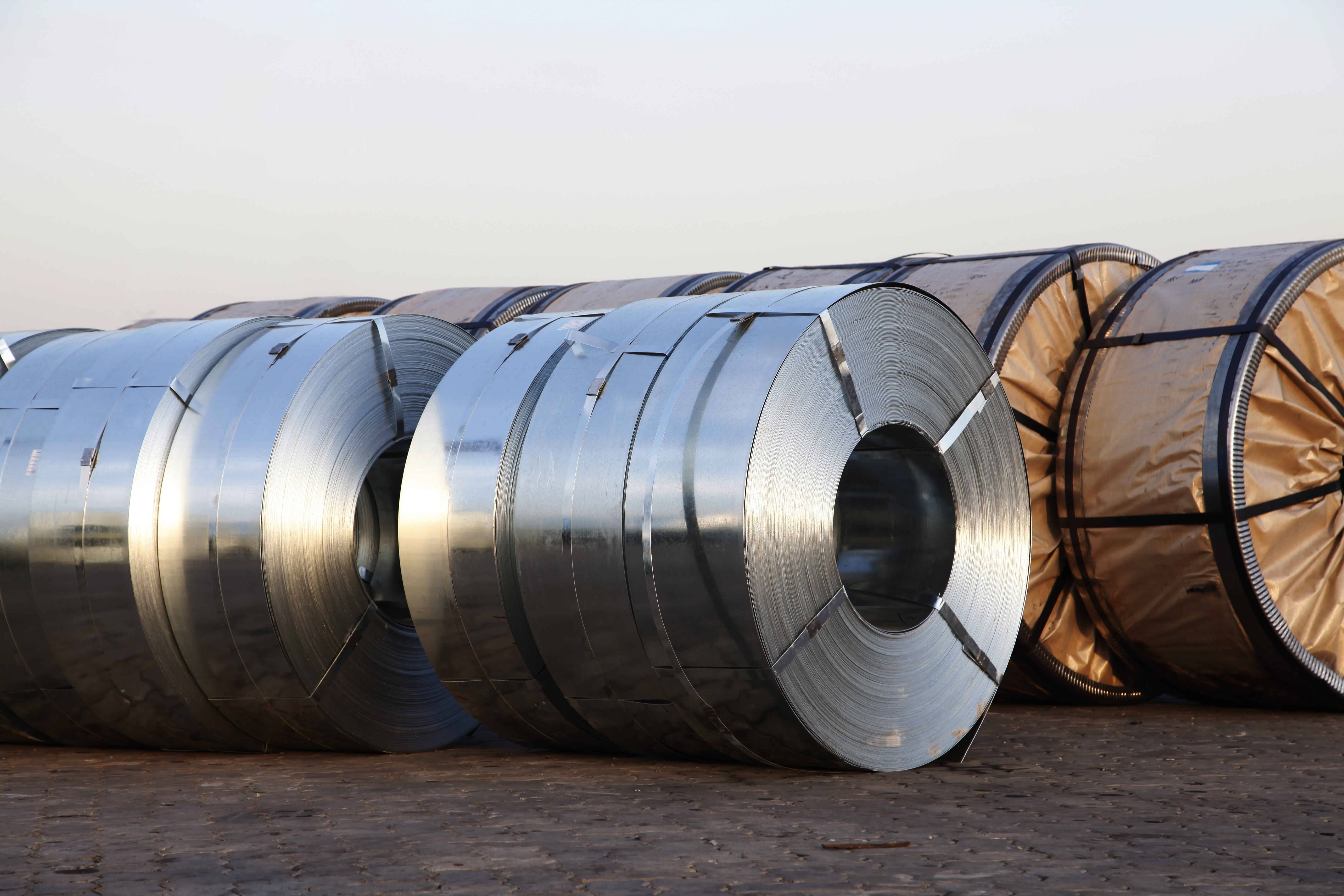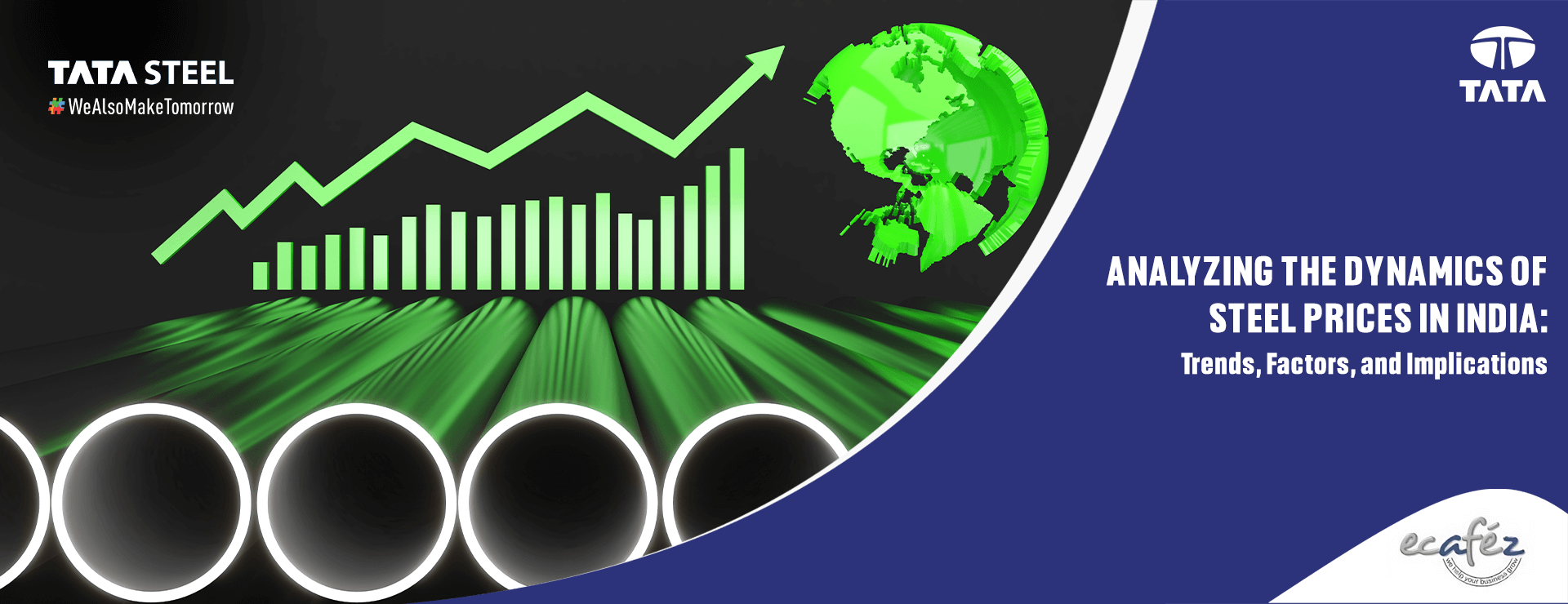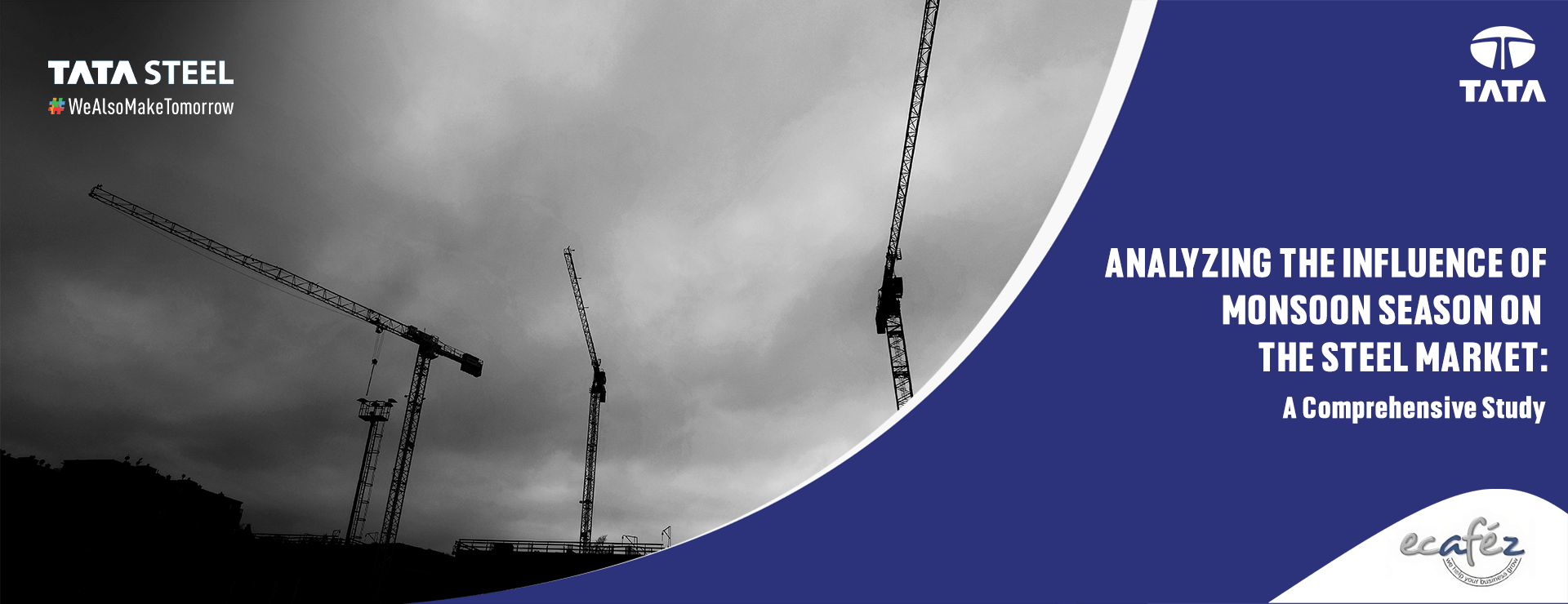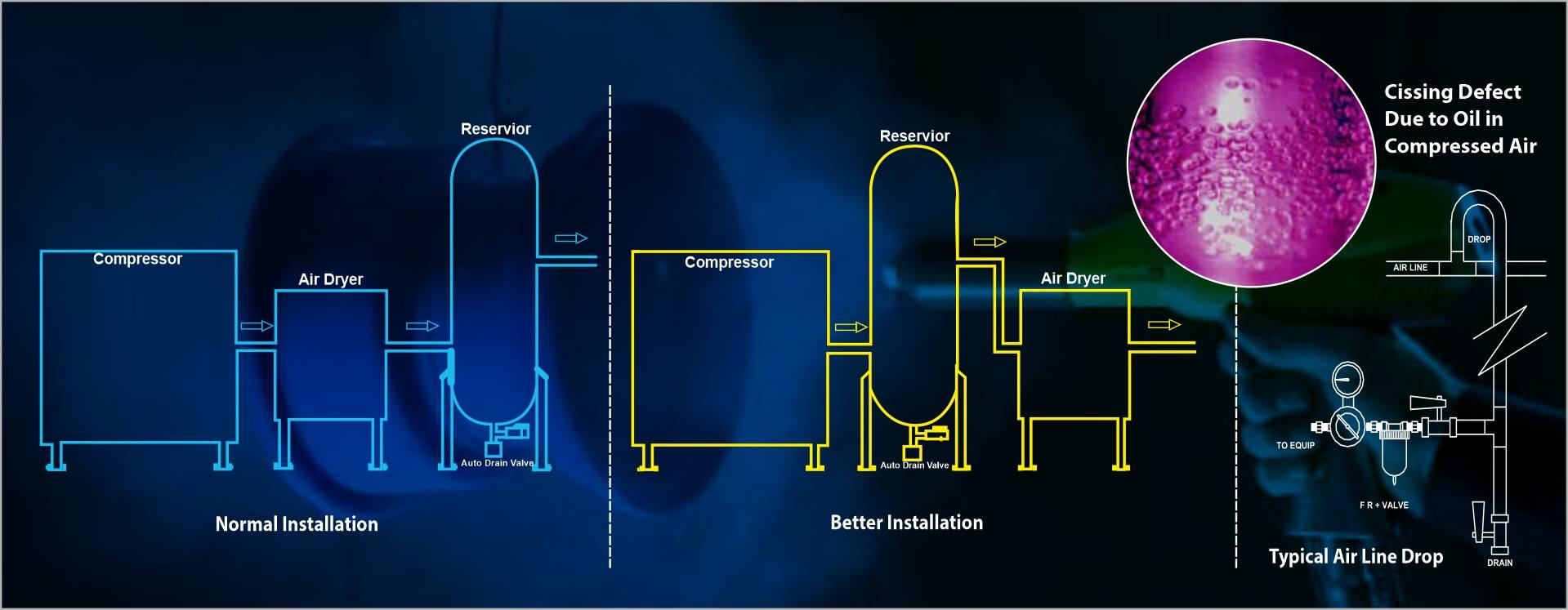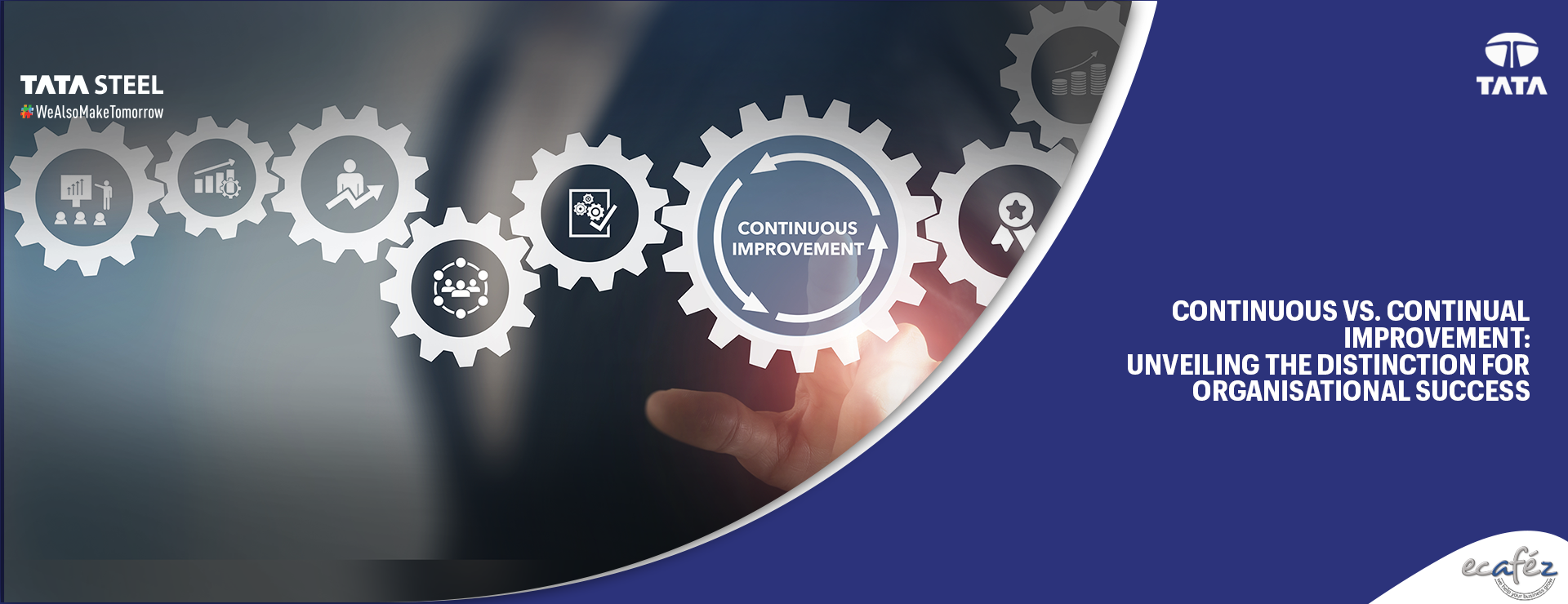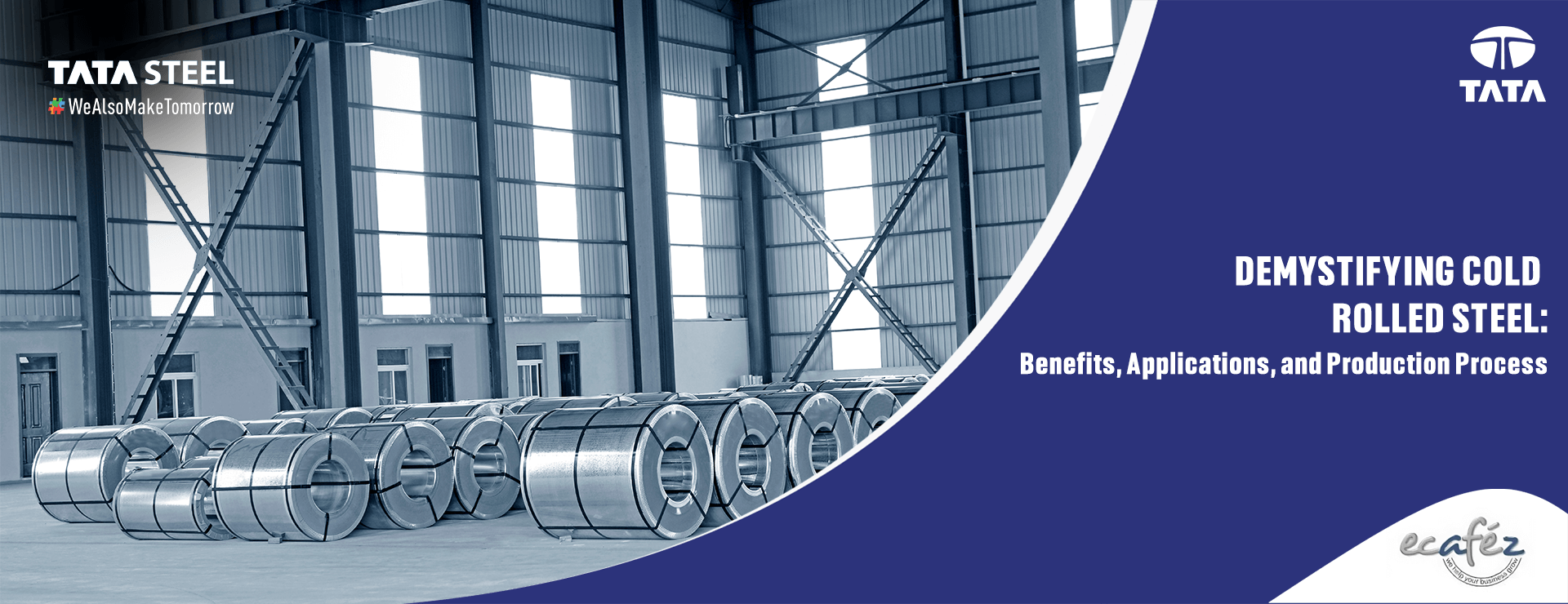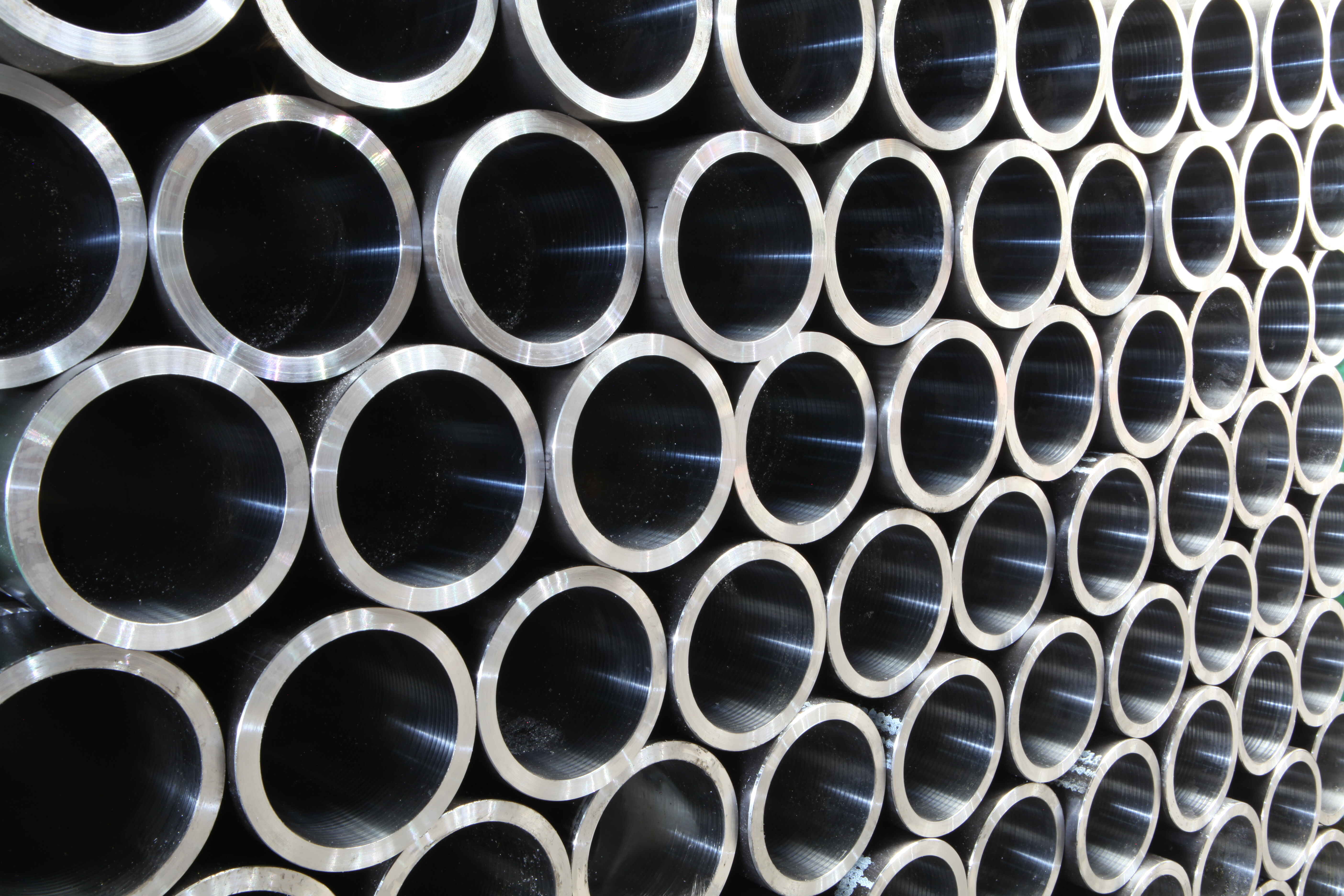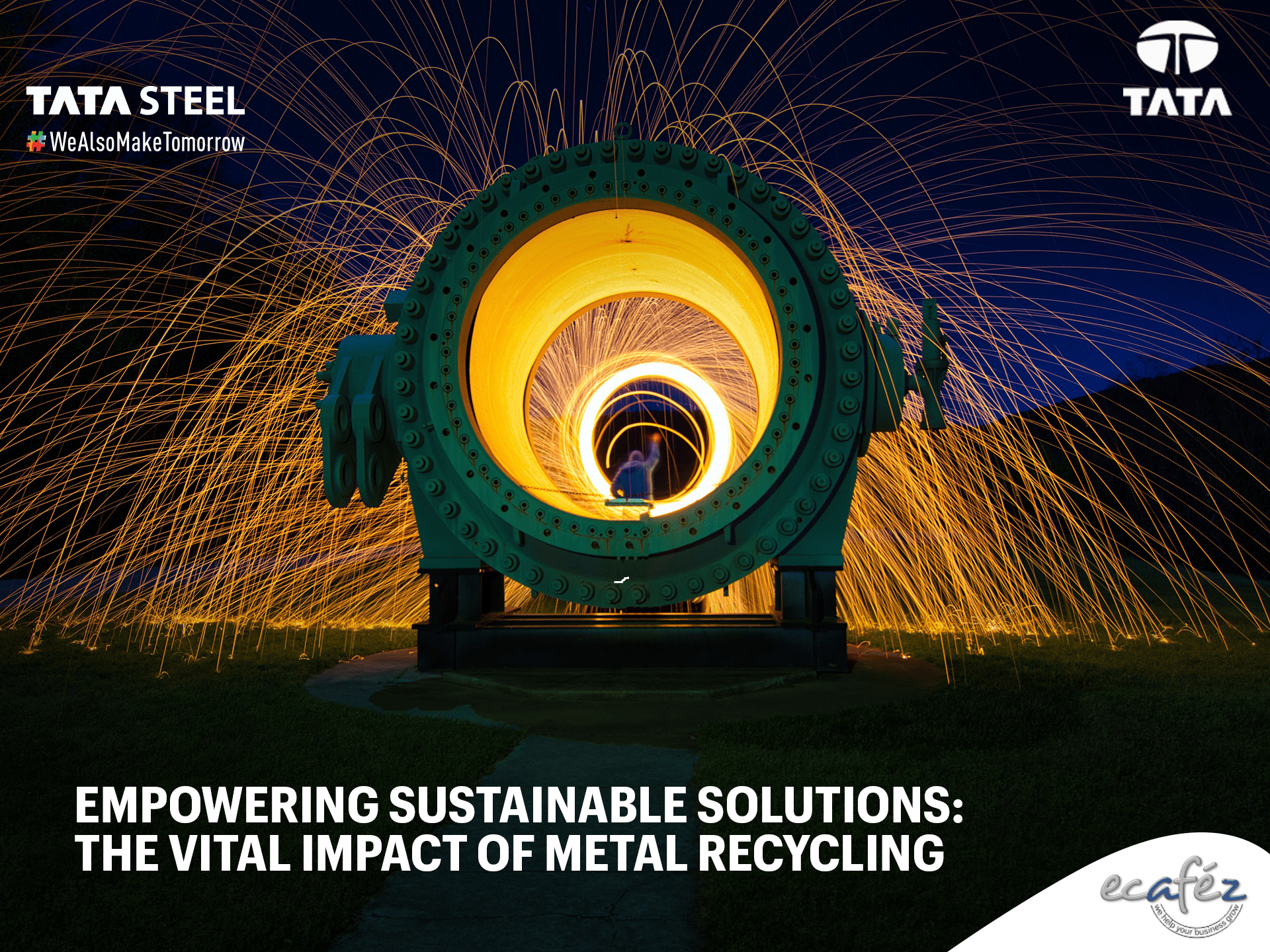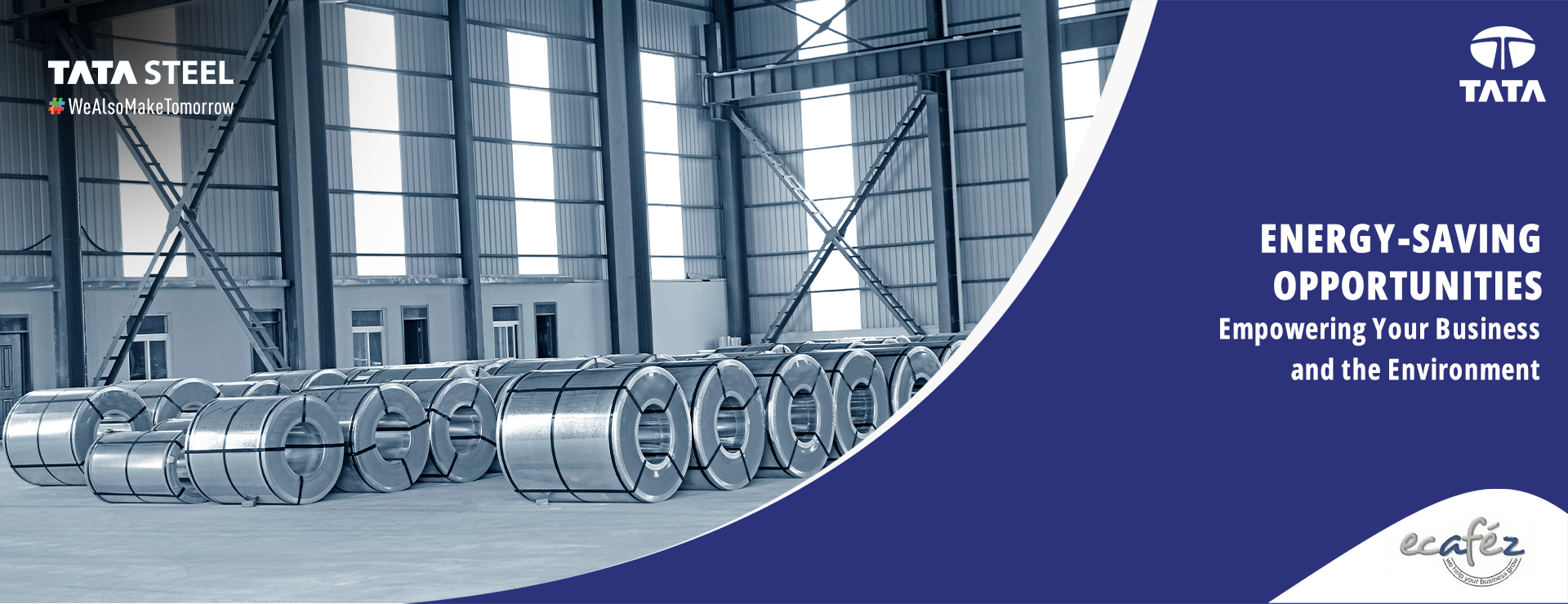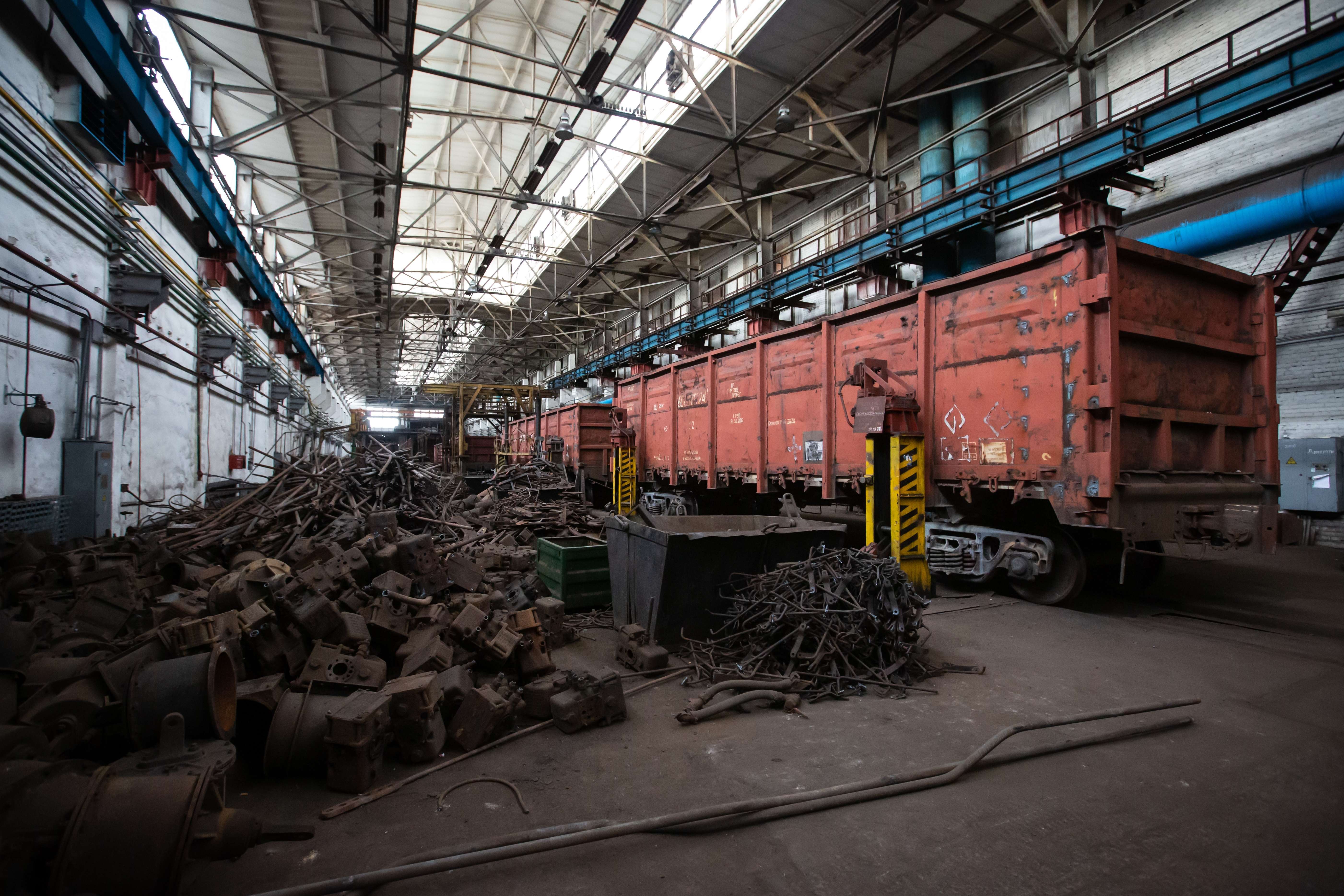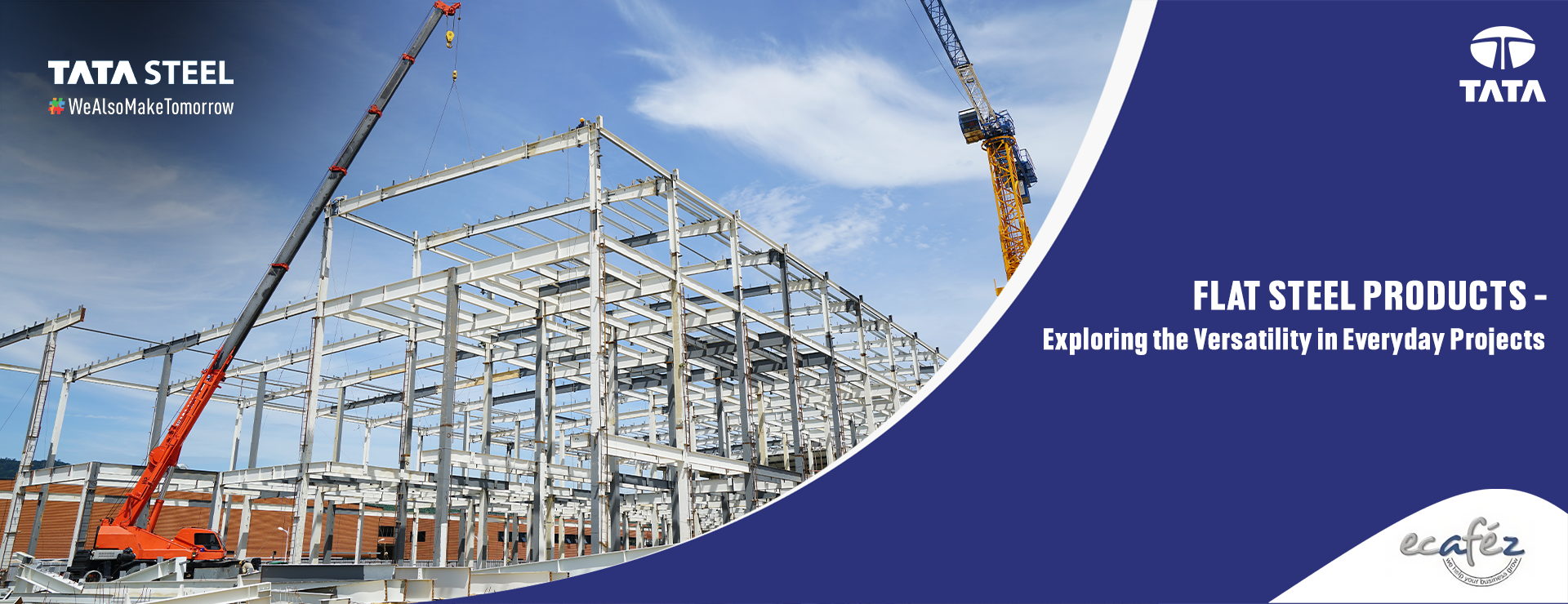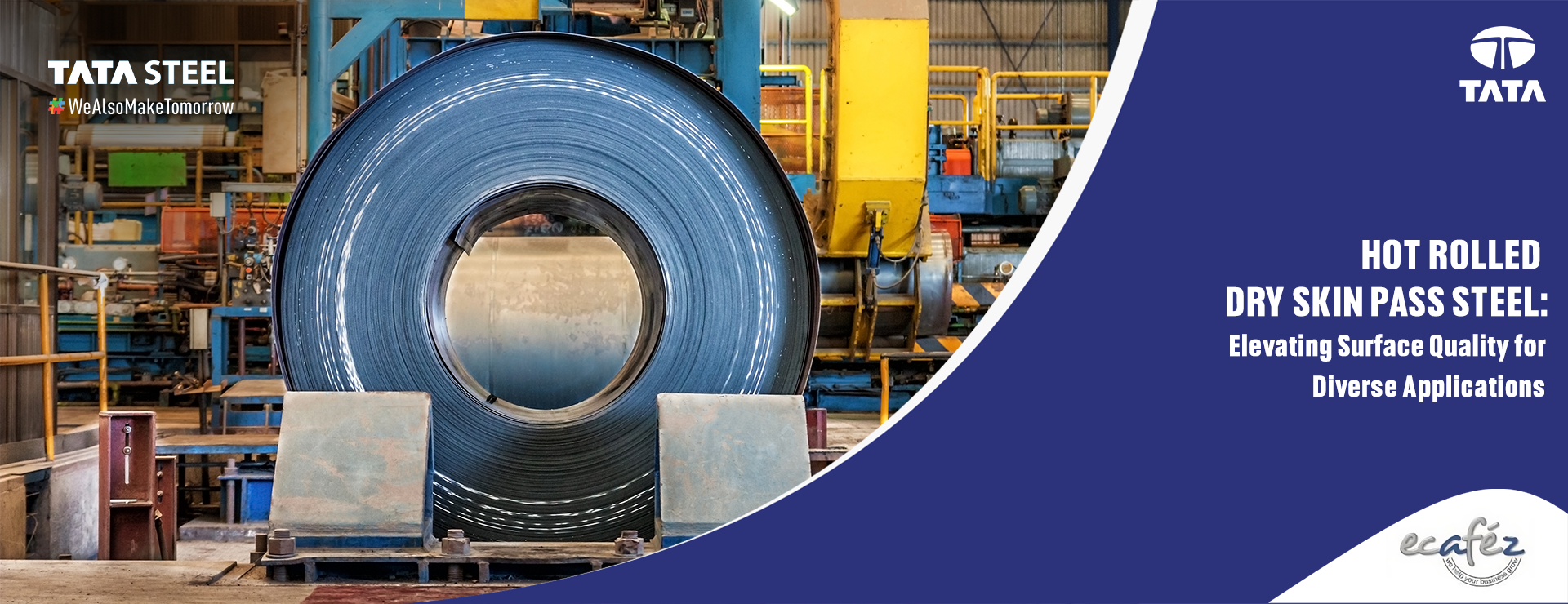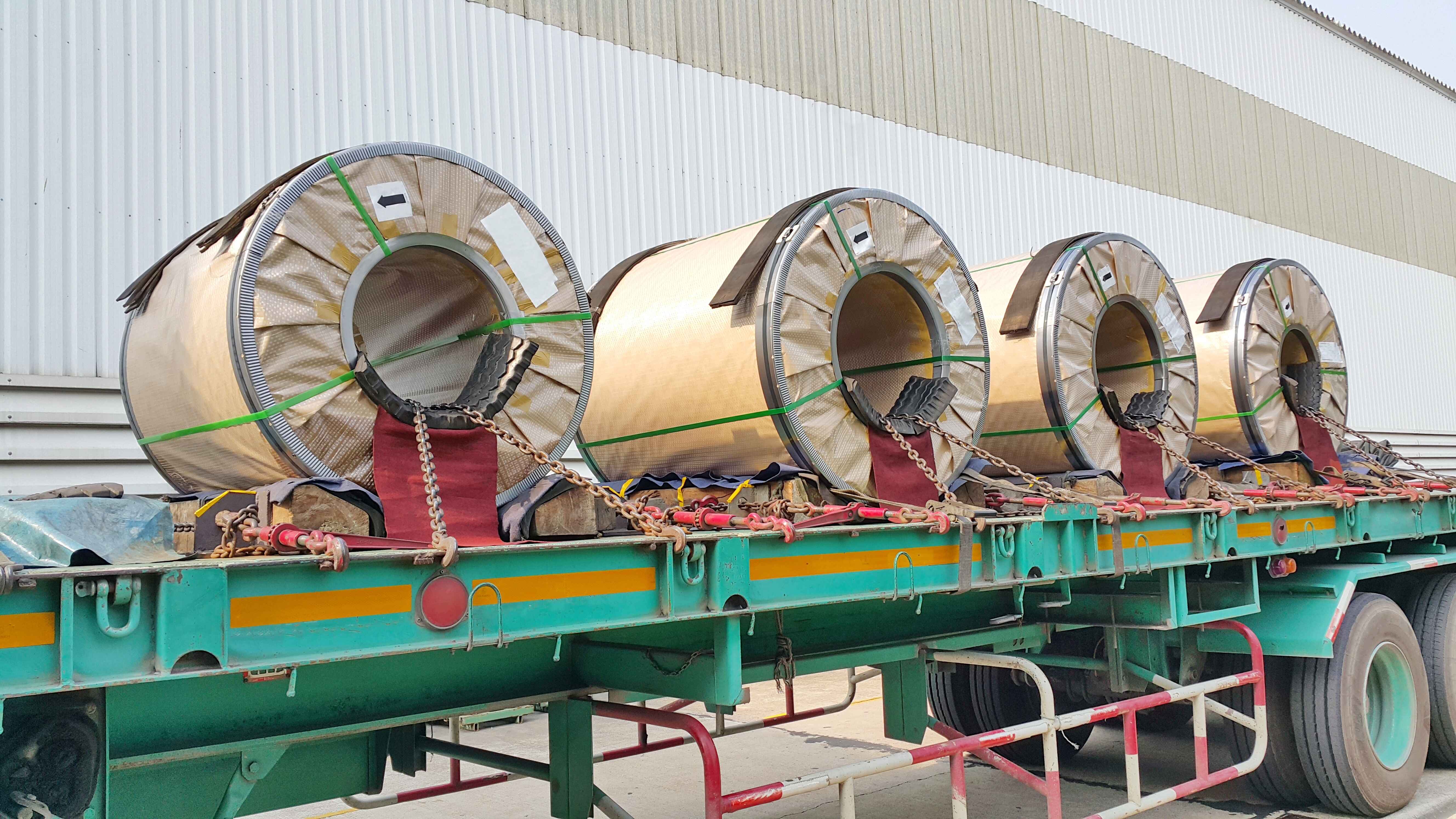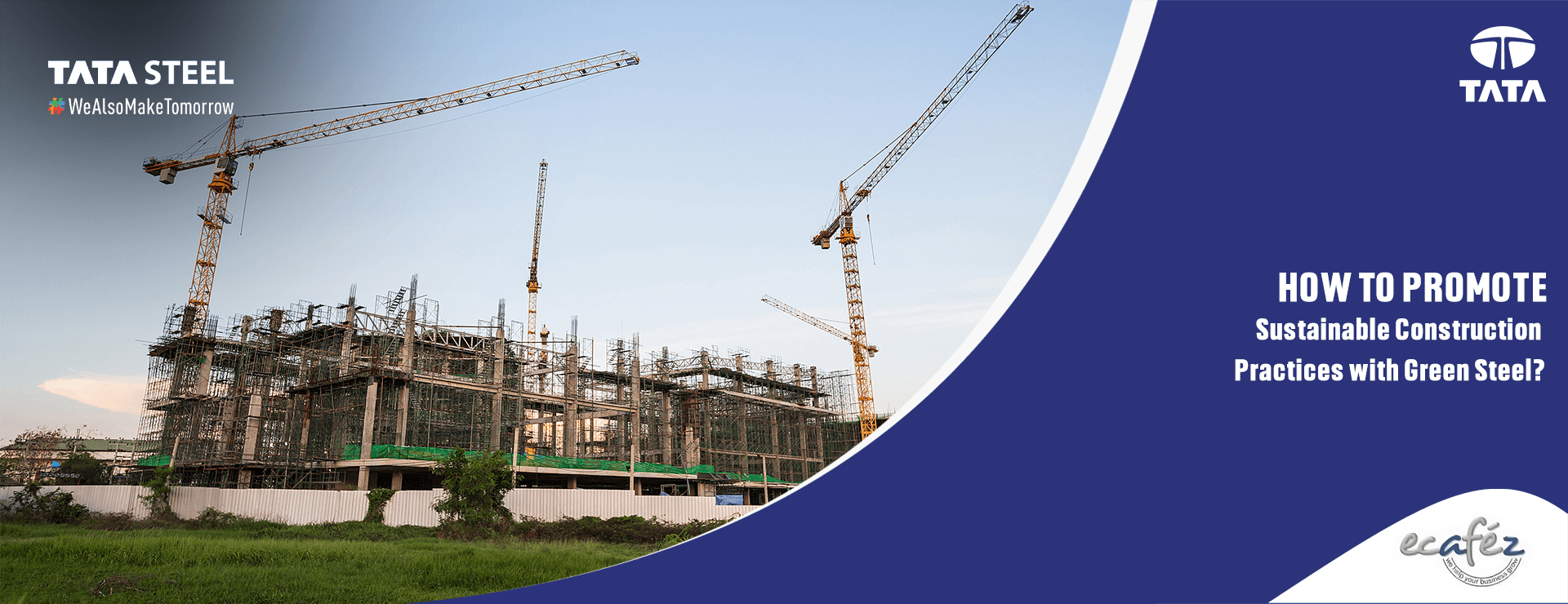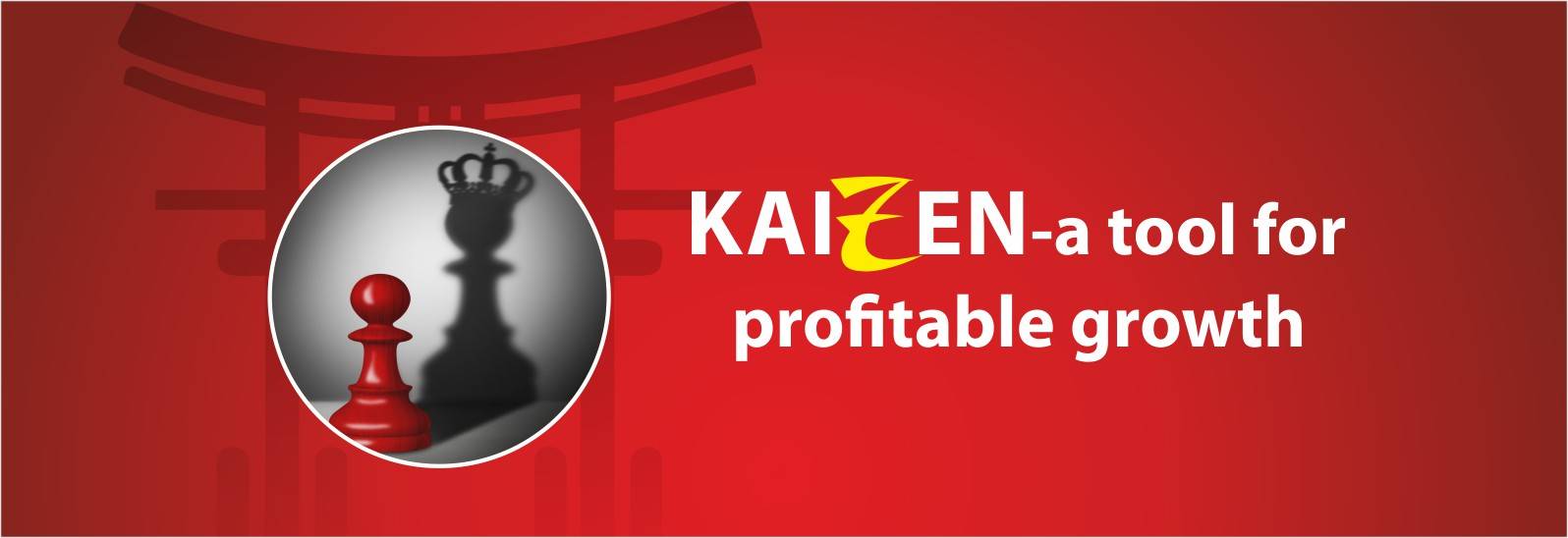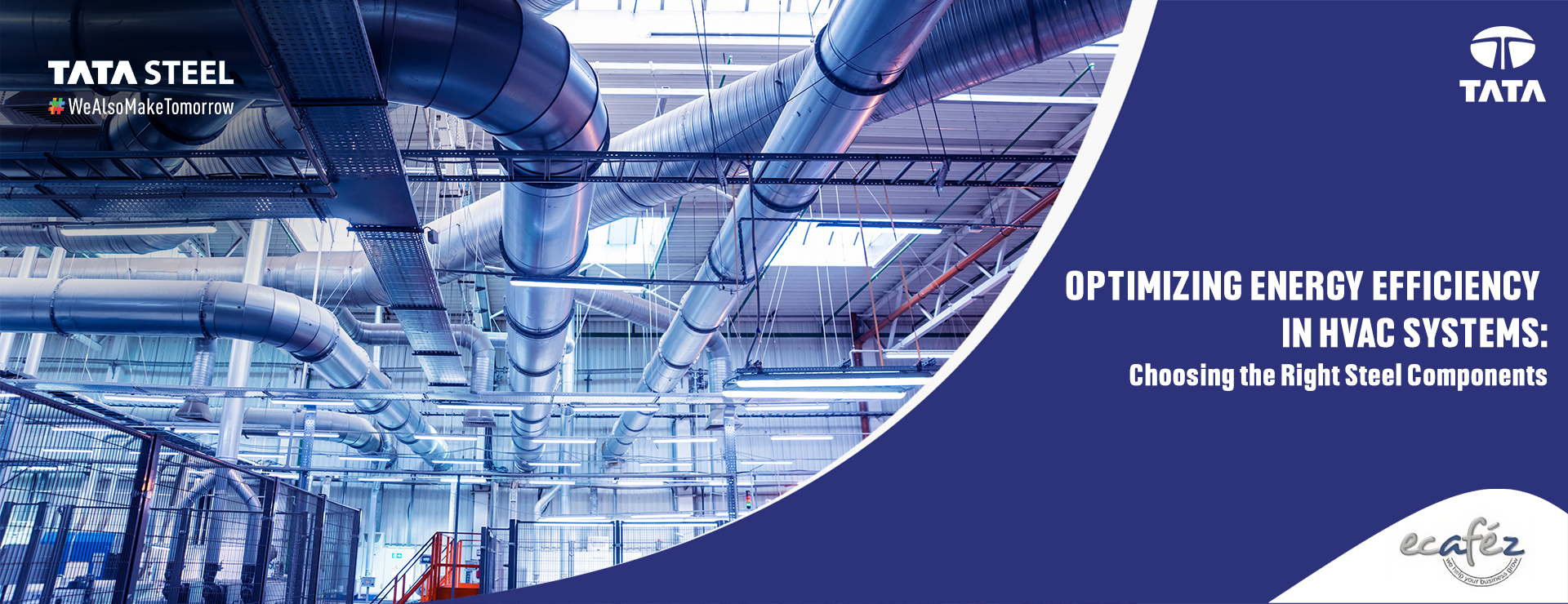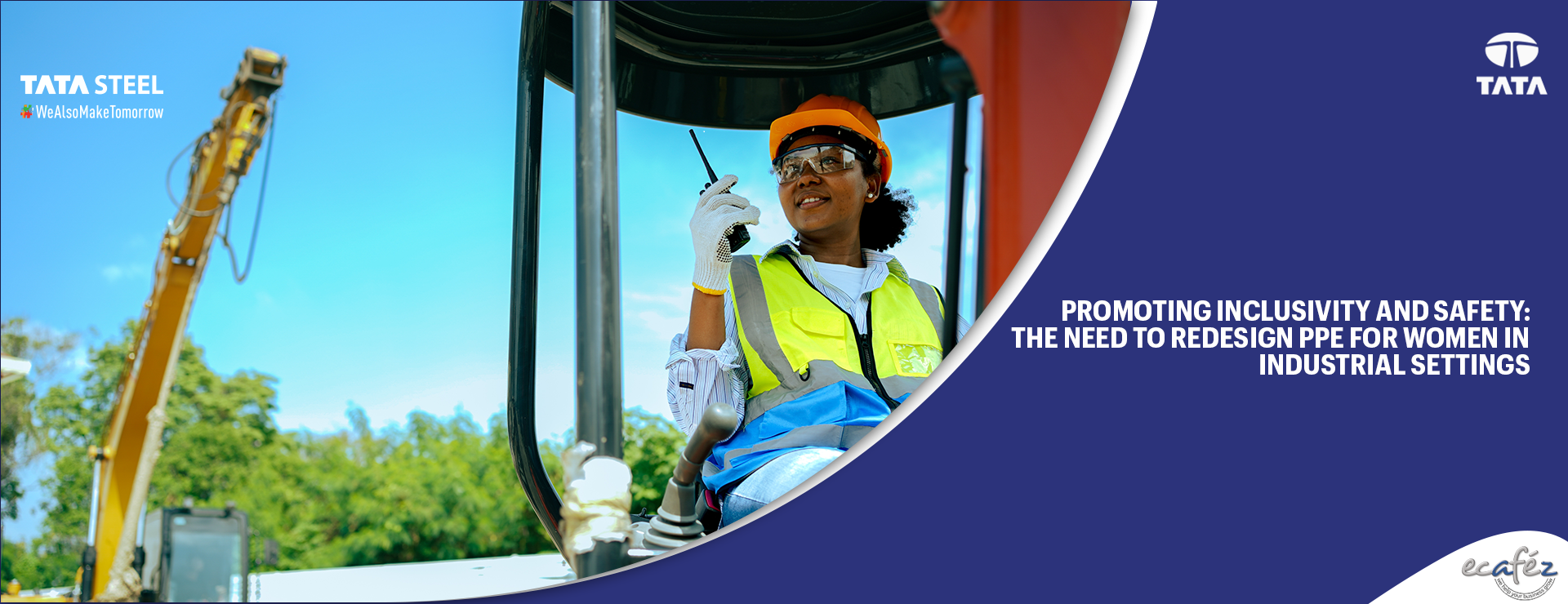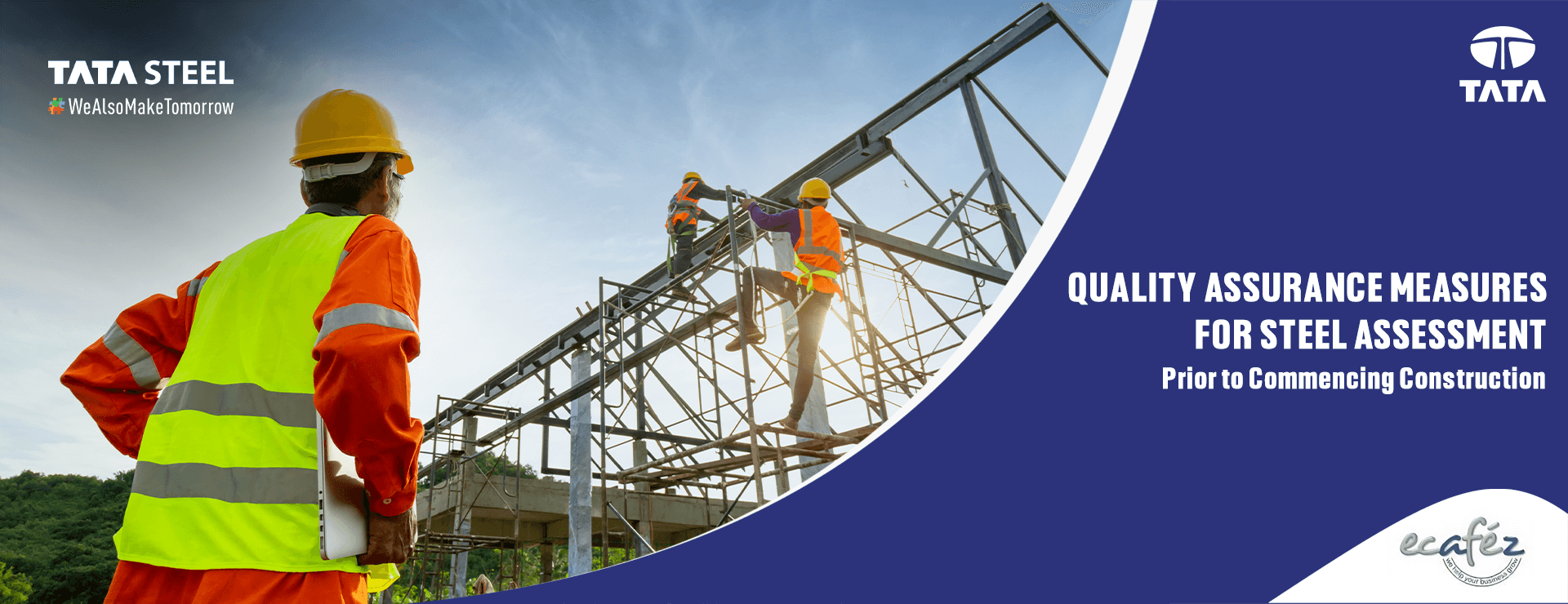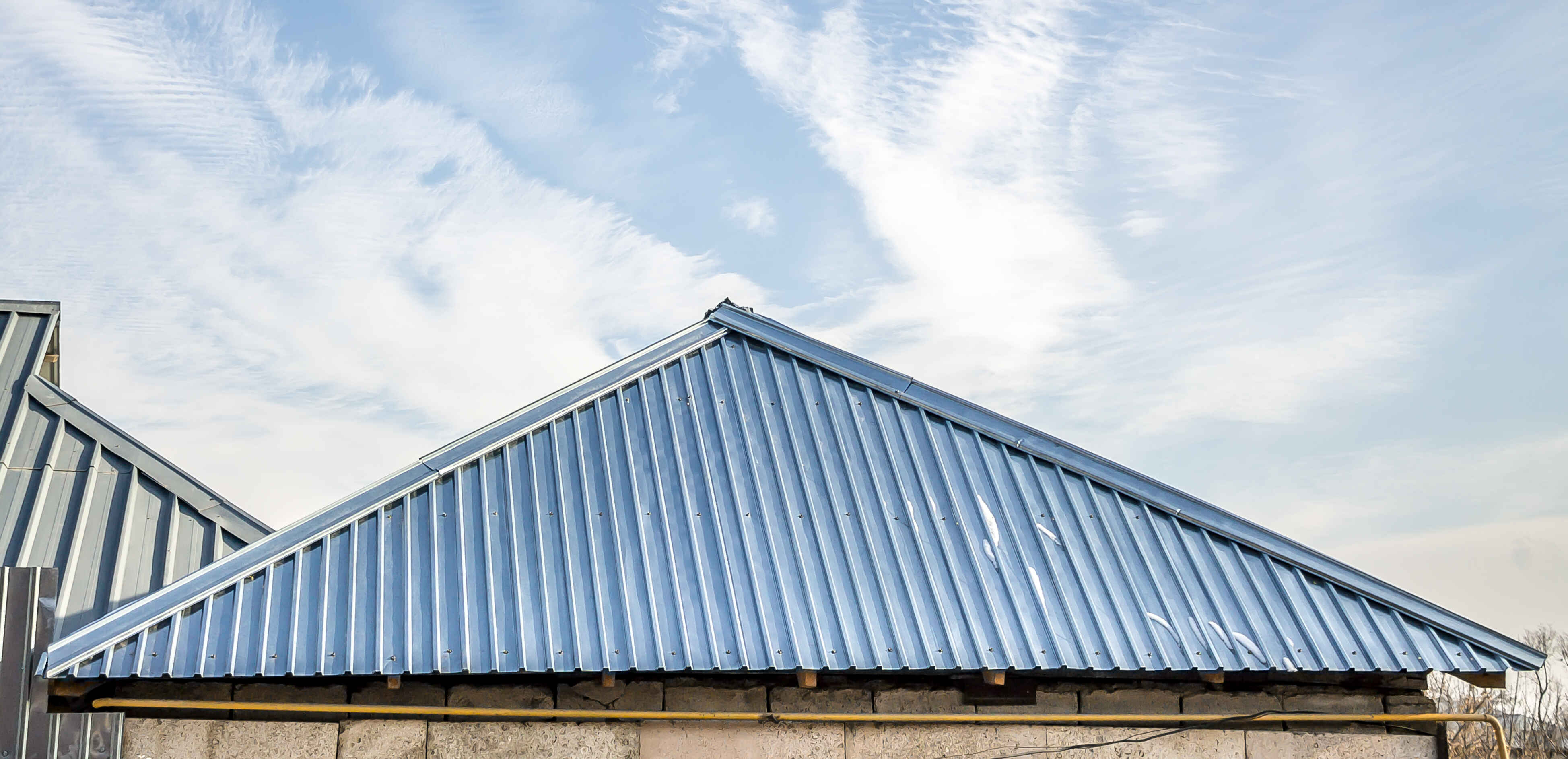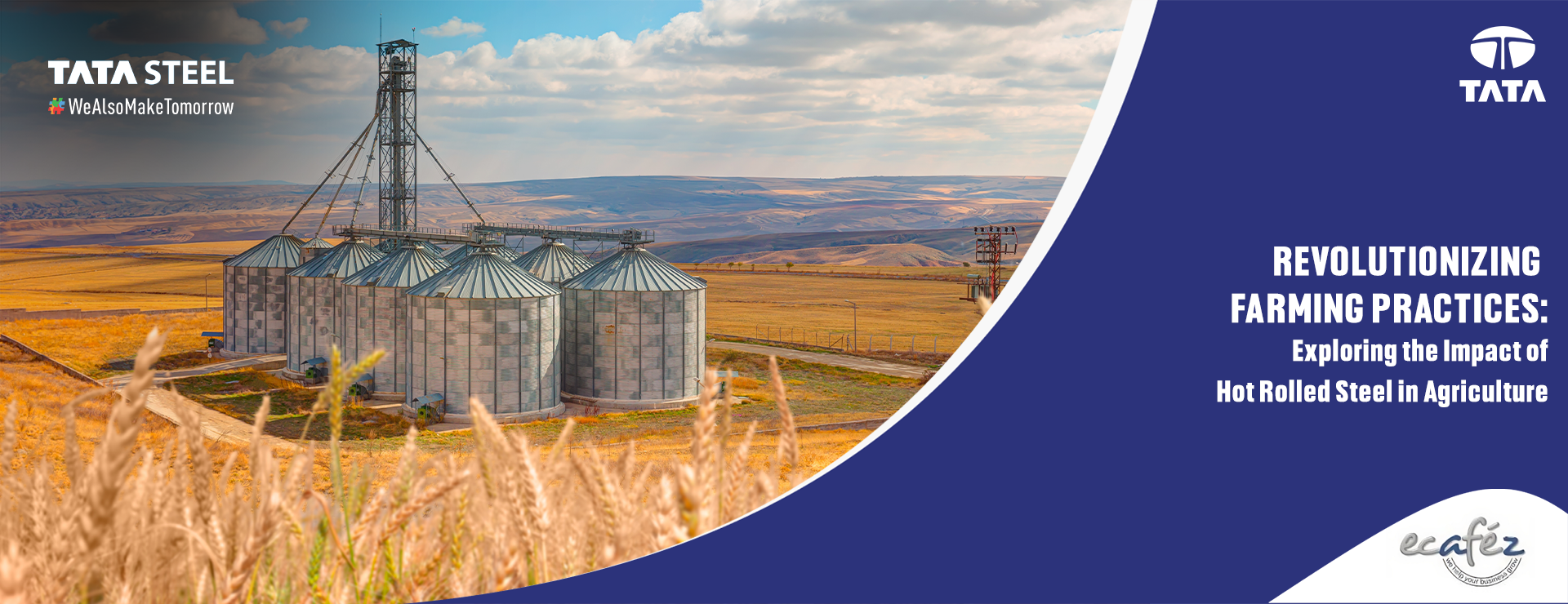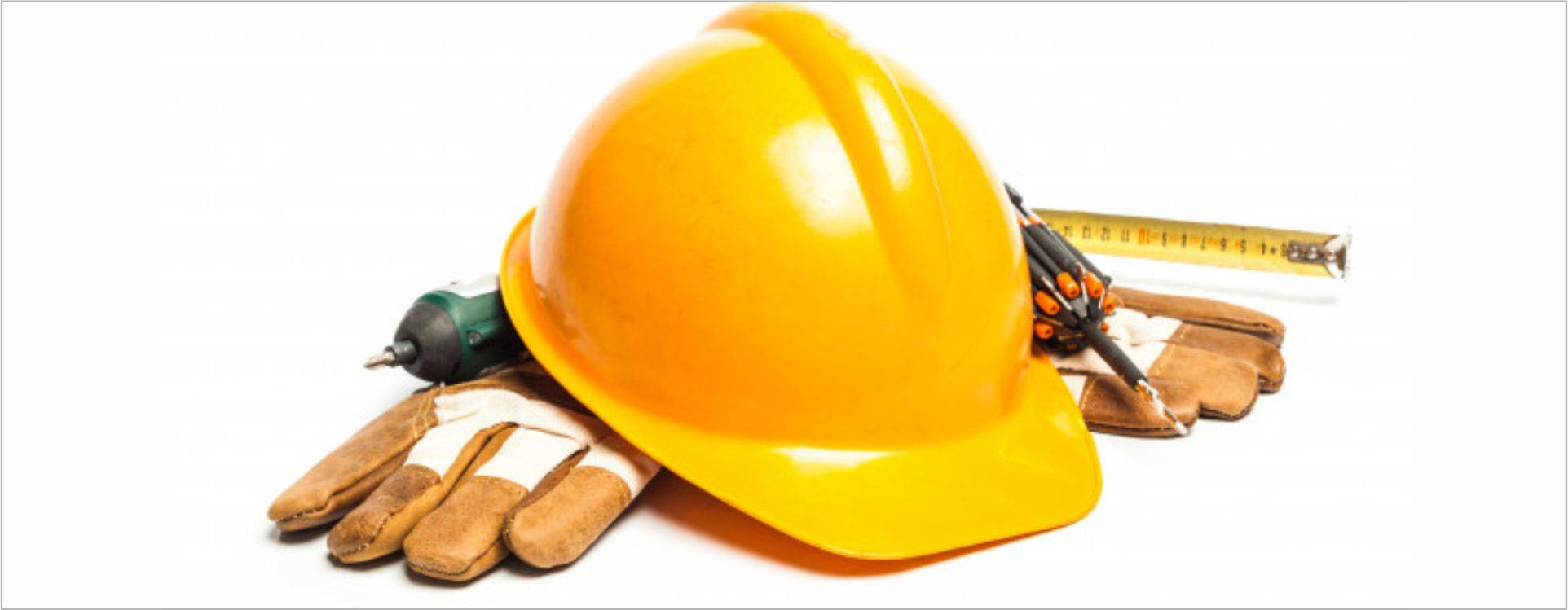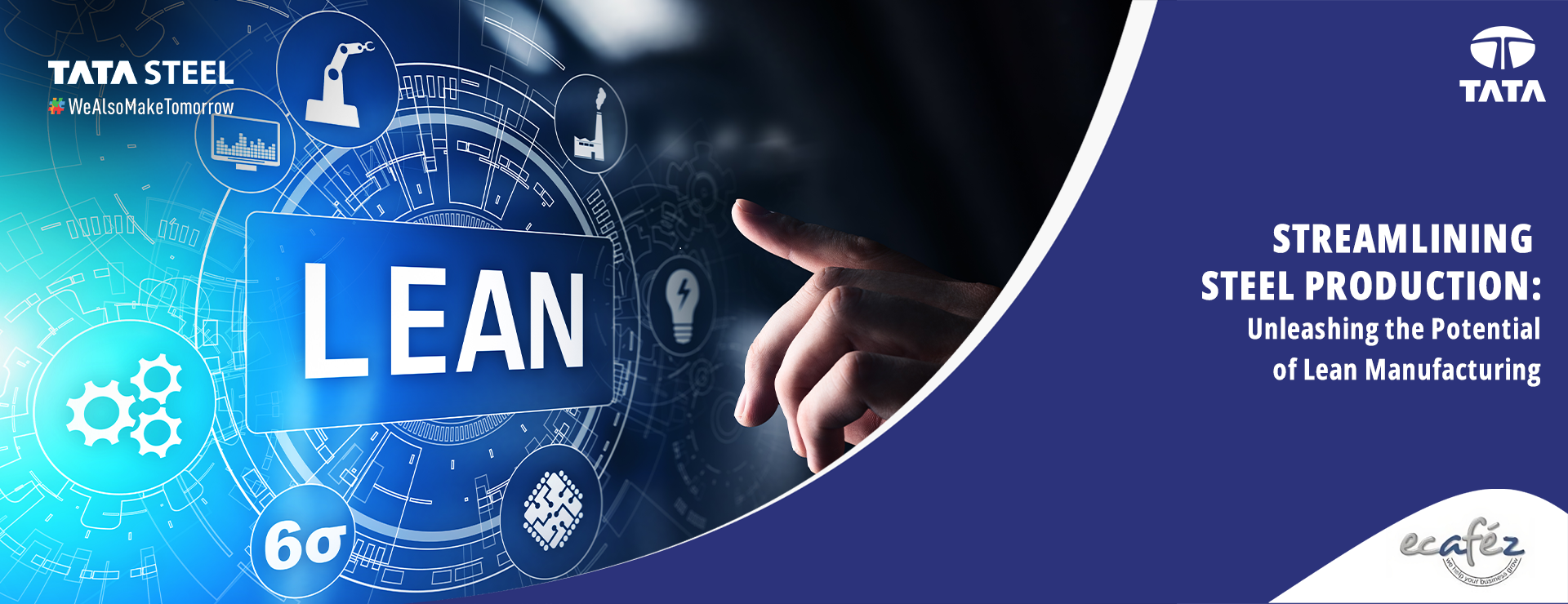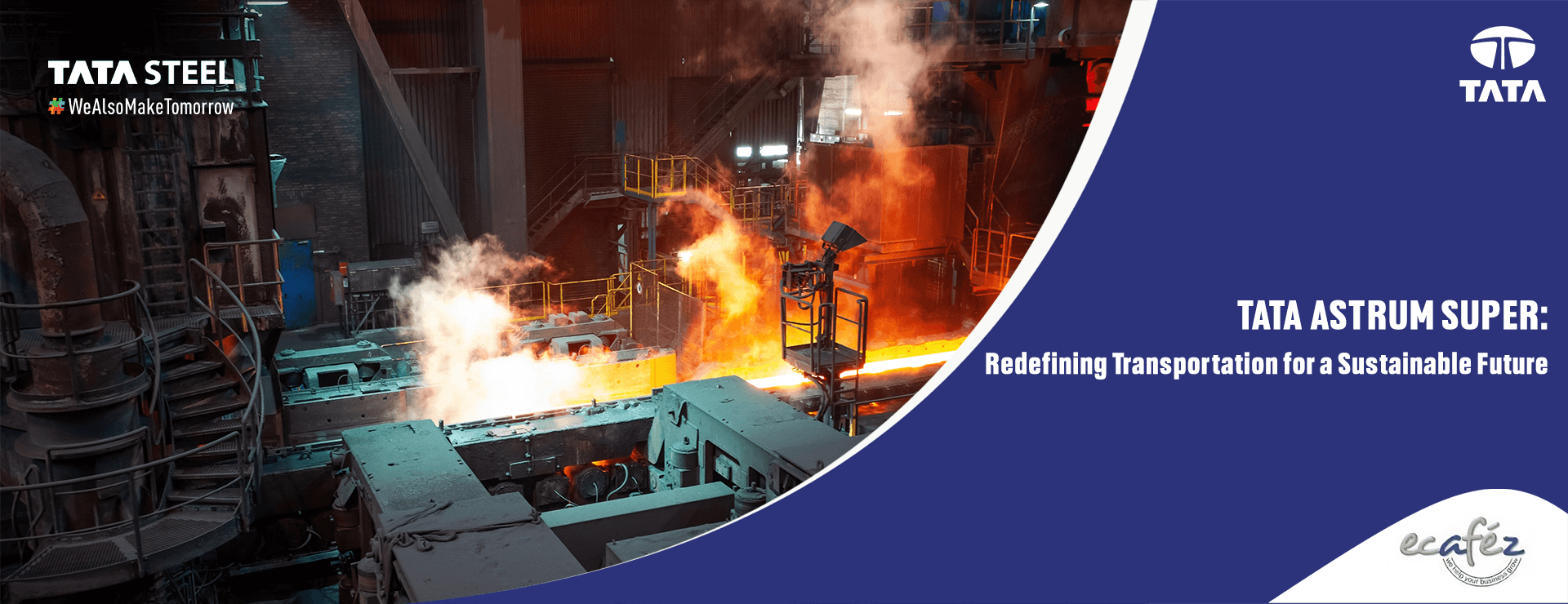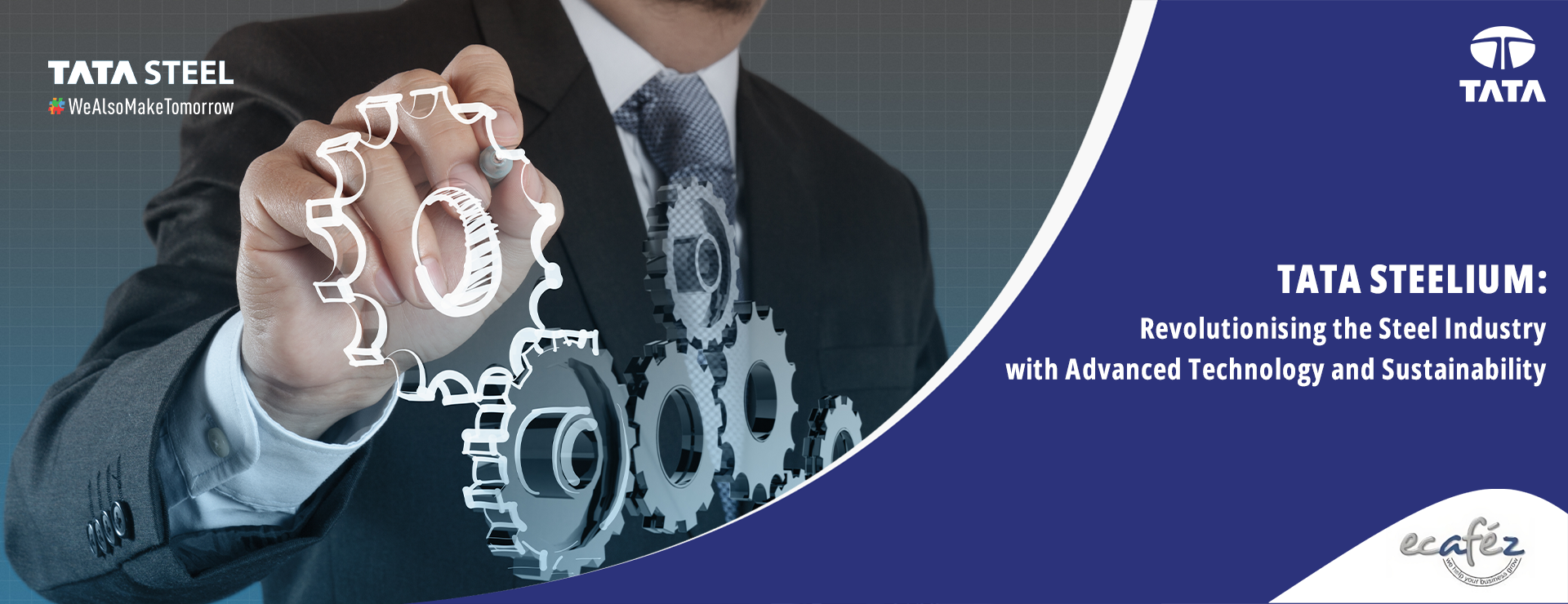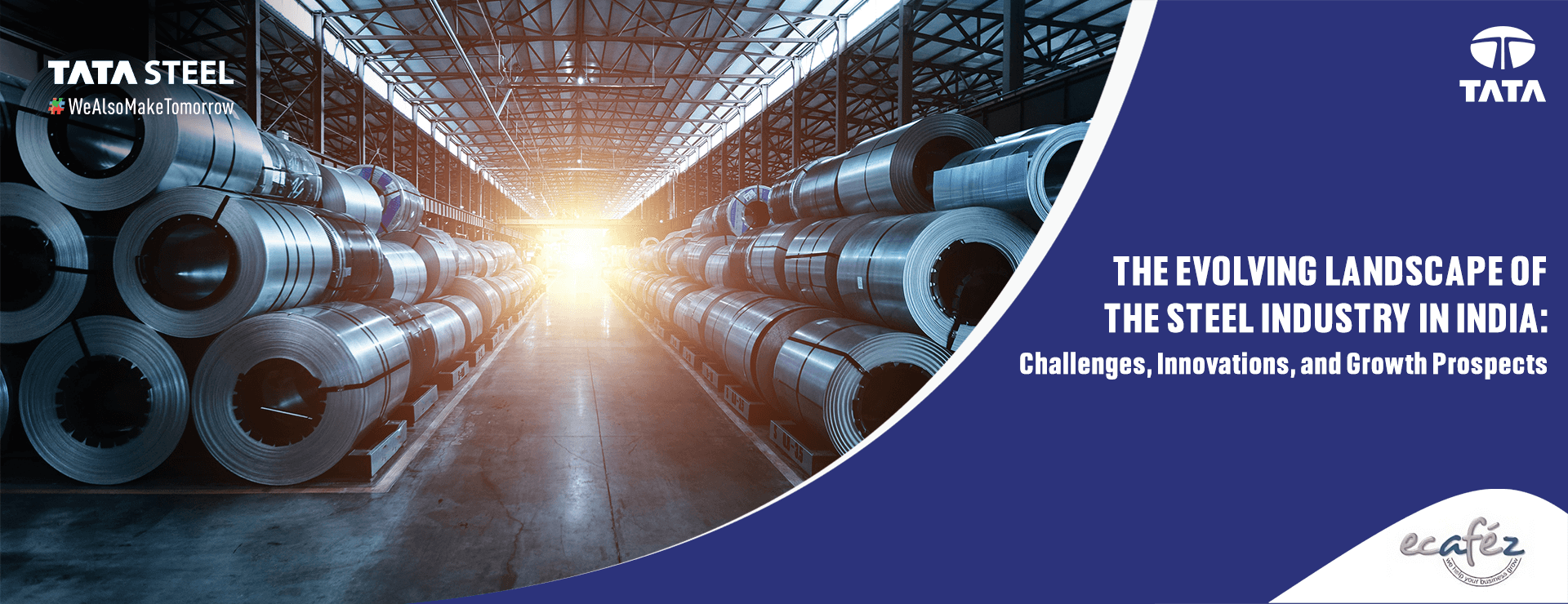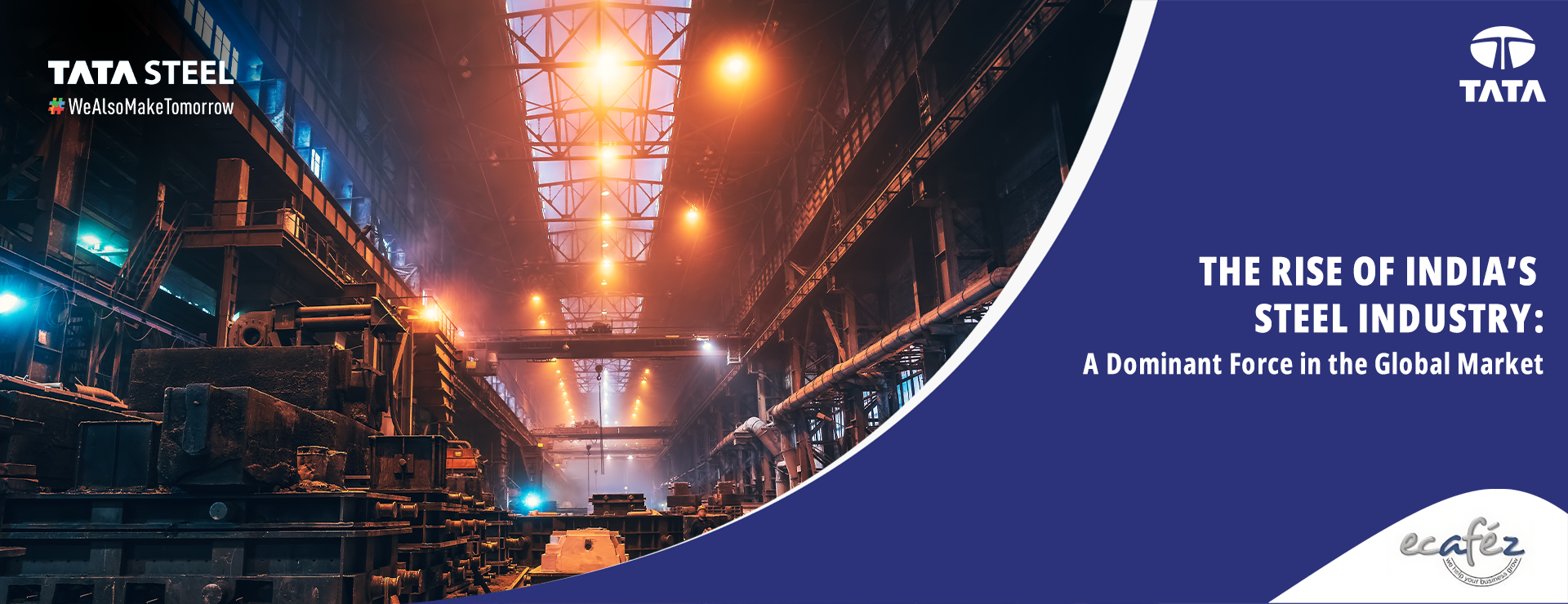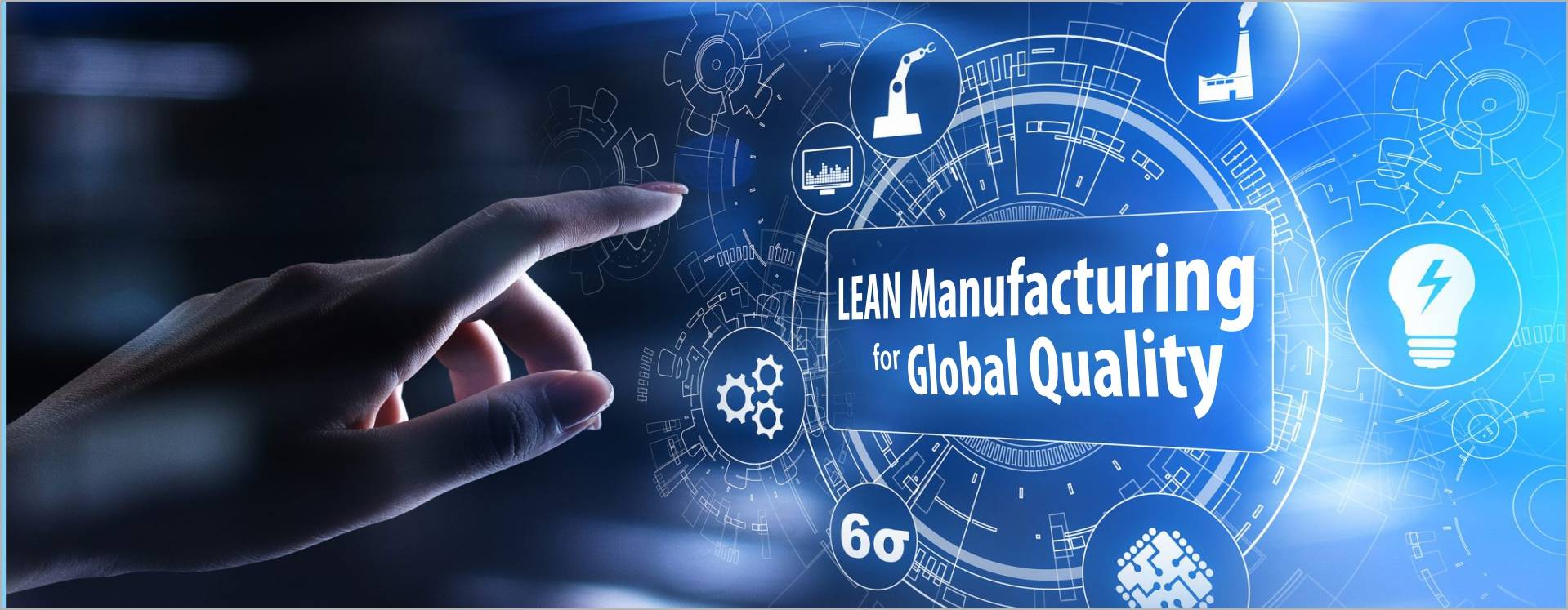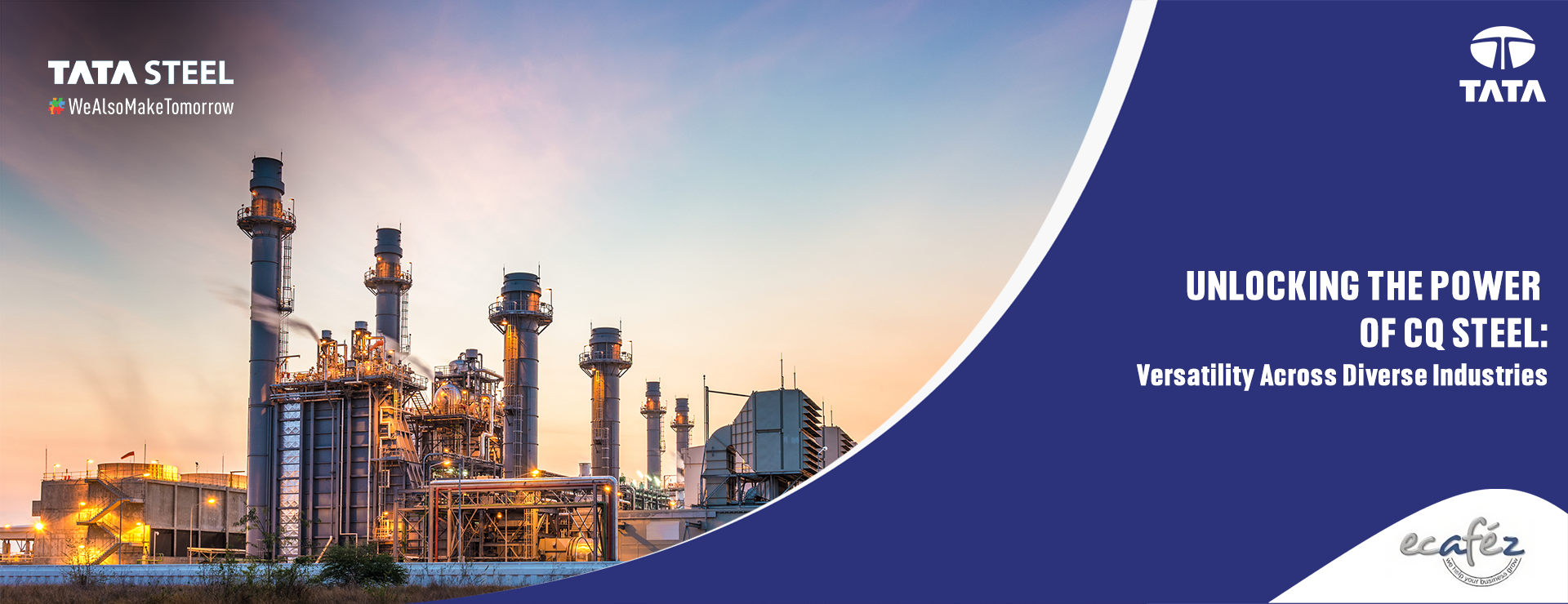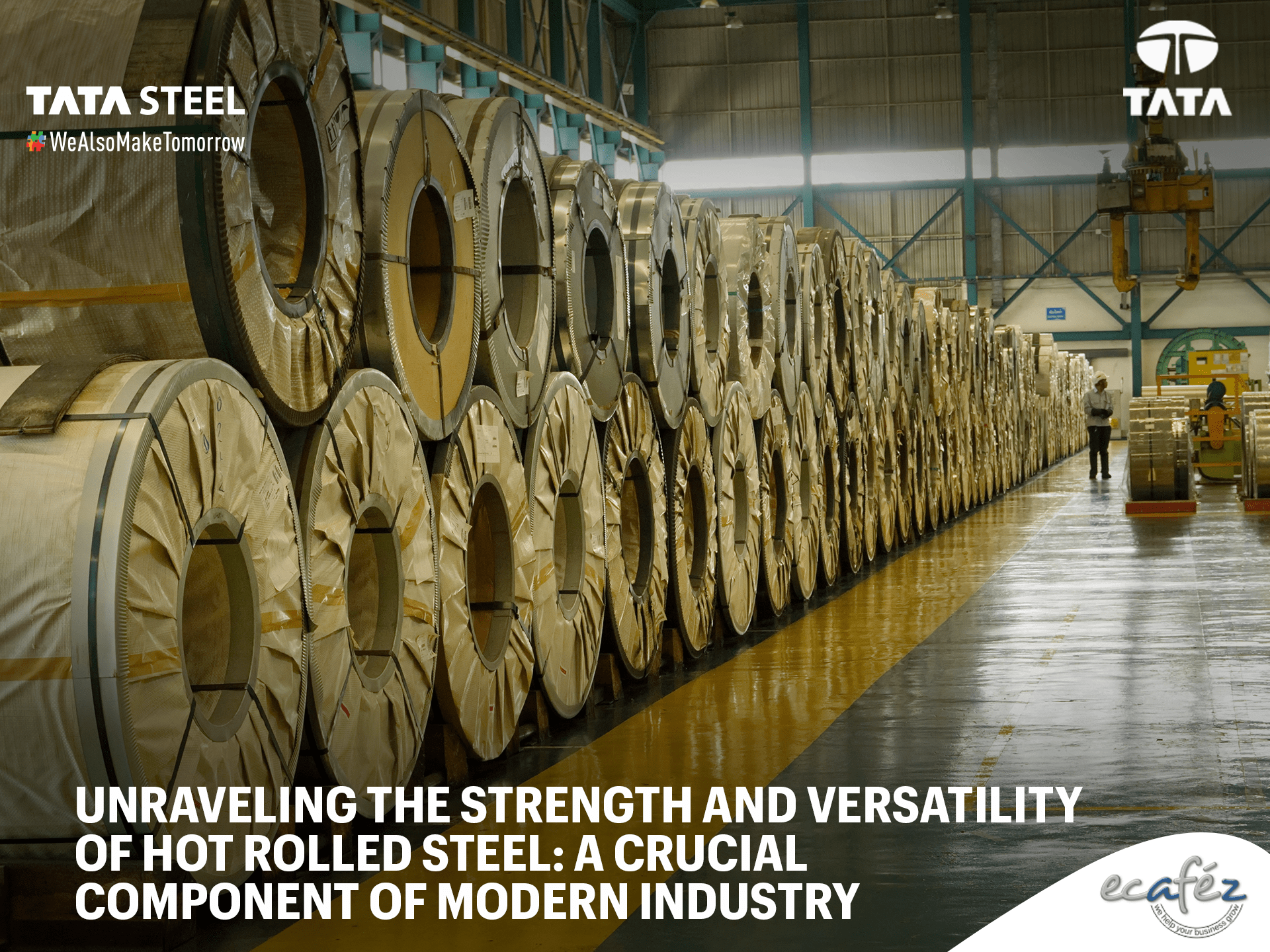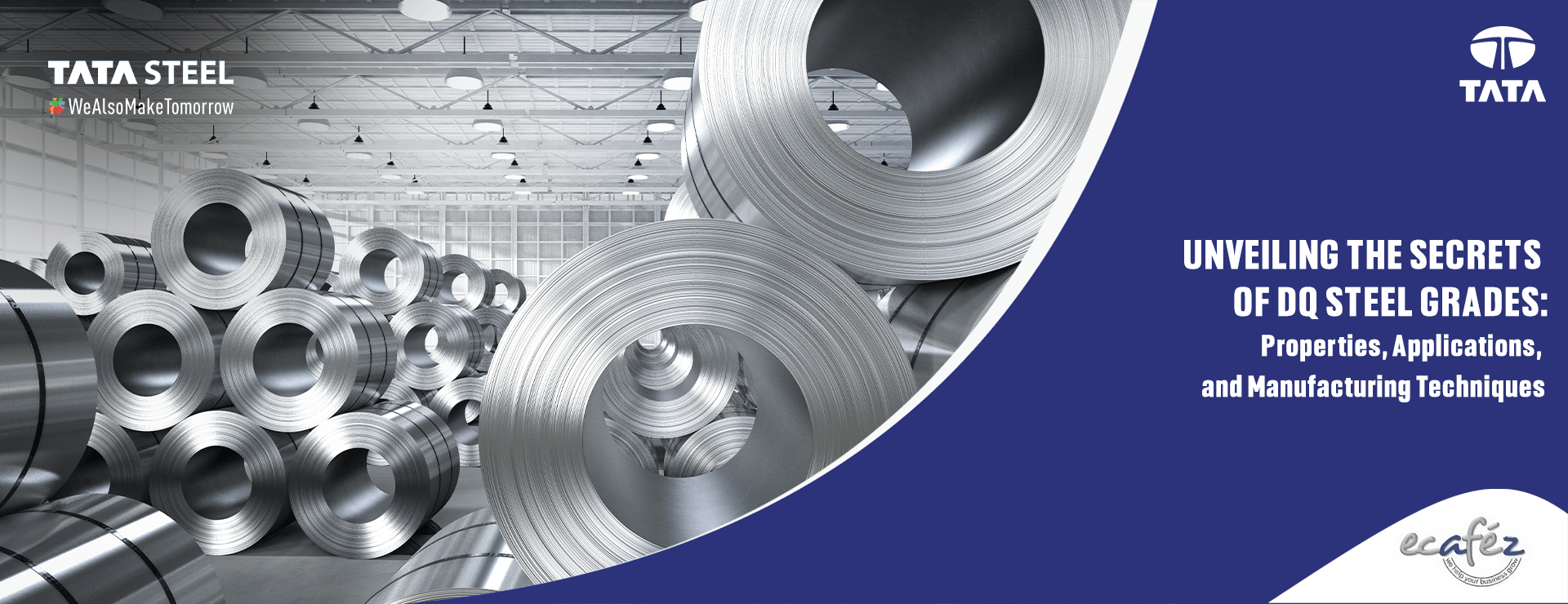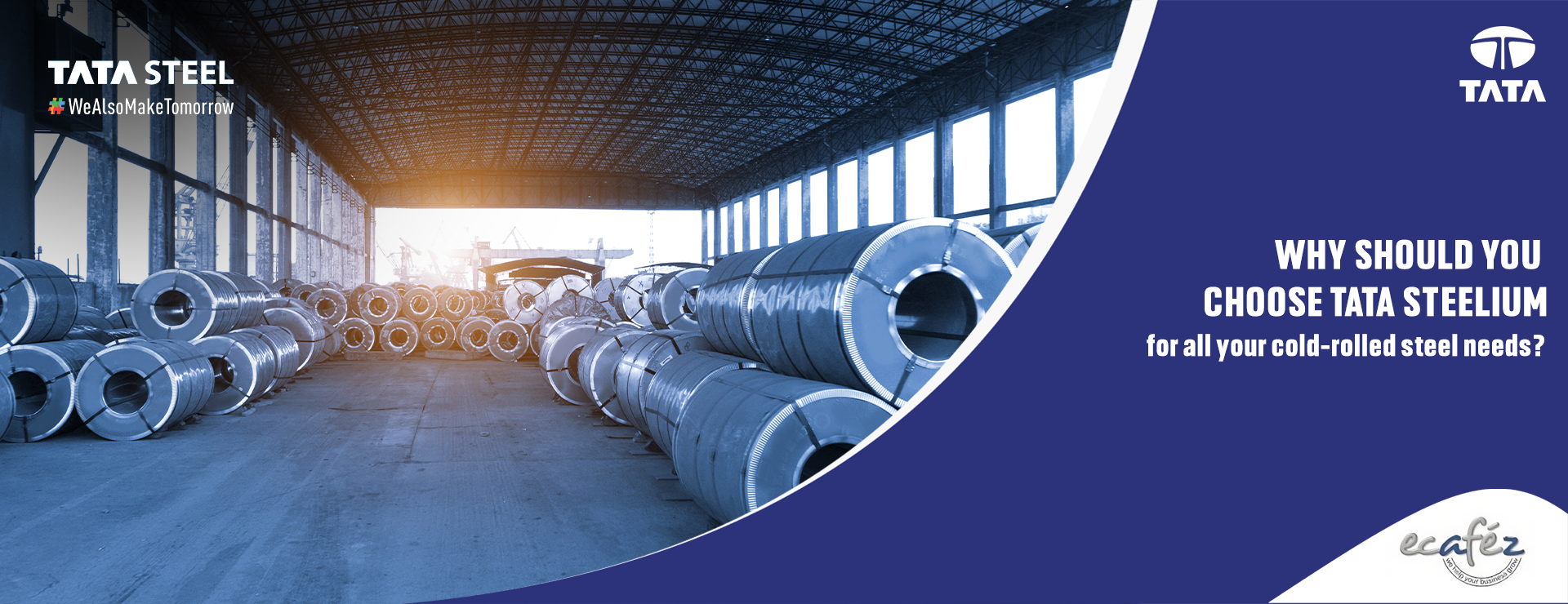Steel sheets come in a plethora of forms and varieties. Among the most prevalent classifications is based on the temperature at which they roll. Cold-rolled steel is one of the rolling processes, and it is further classified into products such as cold-rolled steel sheets, cold-rolled steel plate, cold-pressed steel, and others.
What is Cold Rolled Steel?
The word "cold rolled" applies to the brand name of the flat-rolled sheet and coil goods. Cold-rolled steel is a low-carbon steel made using the "cold rolling" method and treated at temperatures close to room temperature. Cold rolled steel is superior in terms of strength and machinability. Cold-rolled steel sheets are frequently used in designed items that need strict tolerances, concentricity, straightness, and coated surfaces. Cold rolled steel is used to make Shafts, hardware pieces, jolts, pinions, and gears, as well as furniture, machinery, and other specialized items.
Cold-rolled steel is processed in cold reduction mills, where the product is chilled to around ambient temperature before tempers rolling. When opposed to hot-rolled steel, this technique provides the steel with a broad selection of surface finishes and better resistance, dimensional accuracy, and uniformity. Cold-rolled steel is usually manufactured in the form of sheets, strips, bars, and rods. Cold-rolled items are often smaller than hot-rolled products.
What are the benefits of cold rolled sheets?
Cold rolled steel has a few specific benefits:
● Strength: Cold-rolled steel is up to 20% stronger than normal steel. Heat may damage steel, but maintaining it above room temperature preserves the integrity of the structure. This makes it ideal for the most challenging undertakings.
● Surface finish: Cold rolled steel is also more visually appealing. Because of this, it is the favored technique for furniture, automobiles, and other aesthetic aspects, and it has a modern appearance.
● Cold rolling is a procedure that contracts and presses sheet metal between rollers. The level of strain imposed influences the toughness and other material qualities of the end product. This technique enhances the metal's tensile durability and hardness, resulting in a harder microstructure that inhibits additional slides.
Why is cold rolled steel stronger?
Cold rolled steel are often tougher and harder than normal steels. Work sharpening increases the hardness, resistance to tension breaking, and resistance to deformation of steel when it is formed at relatively low temperatures.
Cold rolled steel is frequently utilized in more technically accurate applications or where aesthetics are crucial. However, because of the extra processing required for cold finished items, they are more expensive. Cold rolled steel can often be identified by the following characteristics:
● Surfaces that are better polished and have tighter tolerances
● Smooth, often oily-touching surfaces
● Bars are true and square, with clearly defined edges and corners.
● The concentric uniformity and straightness of tubes are superior.
What are the common uses of cold rolled steel?
Cold Rolled Steel is most typically utilized for precise applications where aesthetics are crucial since it has better surface qualities and fewer defects. Furthermore, because to its tight size tolerance and good machinability, CRS is employed in a wide range of sectors.
● Construction: Cold Rolled Steel is extensively utilized in the fabrication of constructions such as beams, structures, columns, and sections. It is also commonly used in the construction of steel sheds, industrial structures, and garages.
● Appliances and Machinery: Cold Rolled Steel can be cut, bent, punched, drilled, and formed a lot easier than other metals, while also providing workable mechanical properties and low yield strength. This is why you can find Cold Rolled Steel in most household appliances, including washing machines, dryers, refrigerators, electric fans, and microwave ovens.
● Automotive: It's also commonly employed in the automobile sector because to its shock-proof and wear-resistant properties. CRS is used to make electric motors, seat components, and fuel tanks.
Cold rolled steel, like cold rolled steel sheets, is likewise turned into cold rolled plate.
A cold rolled steel plate is a volume of an iron-based alloy that is longer and broader than it is thick and contains around 2% or less carbon or any other alloying ingredient.
As a business owner or SME owner, Ecafez contributes to economic progress. Ecafez brands offer a diverse selection of world-class solutions in goods and services adapted to unique needs. Our team is available to users for round-the-clock support to guide and advise them. Our goal is to assist people in getting from where they are to where they wish to go.
